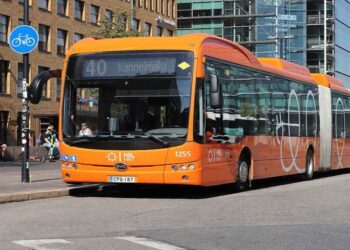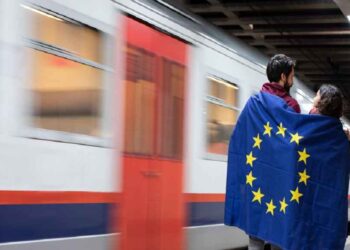To speed up the region’s recovery from COVID-19, the International Air Transport Association (IATA) has asked Asia-Pacific countries to relax border controls even more. Asia-Pacific is lagging behind in terms of resuming travel after COVID-19, but there is growing momentum, with many travel restrictions being lifted by governments. There is a definite demand for people to travel. When restrictions are eased, passengers respond positively almost immediately. As a result, all parties, including governments, must be adequately prepared for the relaunch. They can’t wait much longer. In his keynote speech at the Changi Aviation Summit, Willie Walsh, IATA’s Director General, remarked that jobs are at risk, and people want to travel.
International passenger demand in the Asia-Pacific region hit 17% of pre-COVID levels in March, after hovering below 10% for most of the previous two years. This is well below the global trend, which has seen markets return to 60% of pre-crisis levels. Government constraints are to blame for the delays.The sooner they are withdrawn, the faster there will be a resurgence in the region’s travel and tourist sector, with all of the associated economic advantages, Walsh added.
Walsh asked Asia-Pacific governments to keep easing measures in place to restore air transport to normalcy through taking steps such as-
- Vaccinated tourists will be exempt from any restrictions.
- Quarantine and COVID-19 testing for unvaccinated travellers should be eliminated in areas where population immunity is robust, such as most of Asia.
- When it comes to air travel, the mask regulation should be lifted because it is no longer required in other indoor environments or on public transportation.
Supporting and, more crucially, expediting the recovery will necessitate a collaborative effort between industry and government. Flights are being reintroduced by airlines. Airports must be able to cope with the increased demand. Governments must also be able to rapidly handle security clearances and other paperwork for key employees, according to Walsh.
China and Japan- Two stories
The Asia-Pacific rebound story, according to Walsh, has two major gaps: China and Japan. It is indeed hard to envision China’s borders reopening as long as the Chinese government maintains its zero-COVID policy. The region’s entire recovery will be hampered as a result of this. While Japan has made moves to enable travel, there is no clear plan in place for the country’s reopening to all inbound tourists or visitors. More needs to be done to remove restrictions on travel, beginning with abolishing the detention for all vaccinated travellers and the on-arrival terminal testing as well as the daily arrival cap. He urges Japan’s leadership to take more decisive actions toward recovery and the opening of the country’s borders, Walsh added.
Going the ecological way
Walsh also urged Asia-Pacific countries to support the industry’s efforts to ensure its long-term viability. By 2050, airlines have pledged to attain net-zero carbon emissions. Governments that share the same vision will be critical to our success. At the ICAO Assembly later this year, states are expected to agree on a long-term aim. To achieve net zero, everyone must take responsibility for their actions. Rewarding the creation of sustainable aviation fuel is one of the most essential things that countries should undertake. Every last drop of SAF has been purchased by airlines. SAF production is expected to skyrocket in the coming years as a result of ongoing projects. SAF is expected to contribute 65% of the offset required to reach net zero emissions by 2050. This will necessitate governments taking a much more aggressive approach, Walsh added.
There have been favourable changes in Asia-Pacific, according to Walsh. Japan has made a significant financial commitment to green aviation efforts. Singapore and New Zealand have also agreed to work together on making aviation greener. Walsh remarked that Singapore’s cross-industry International Advisory Panel on a Sustainable Aviation Air Hub is an excellent model for other countries to follow. He also urged ASEAN and its allies to do more, urging them to explore opportunities to boost SAF manufacturing in the region.


































